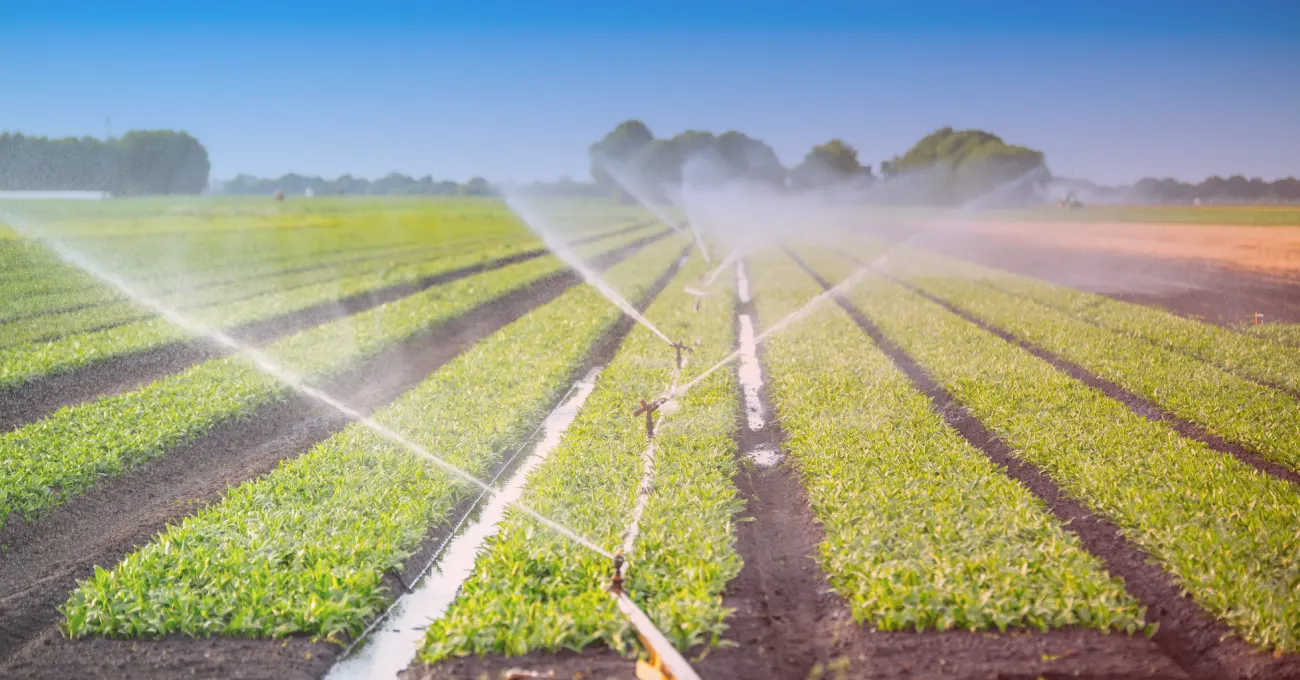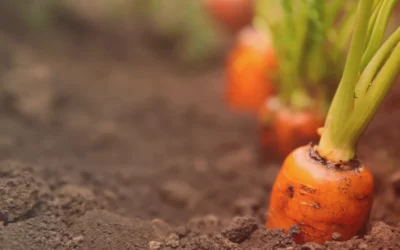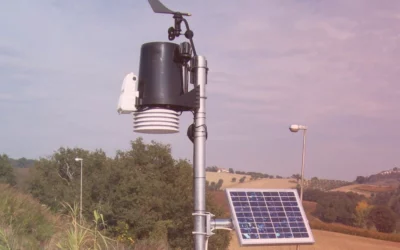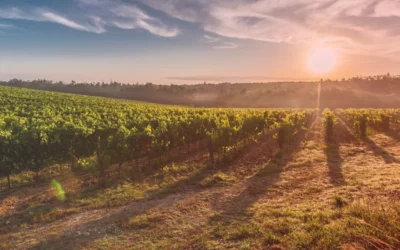The Soil Moisture Forecast of the Future Is AI and IoT-Driven
Predicting soil moisture with any level of certainty is a challenge. With so many factors that go into forecasting soil moisture, it makes sense that commercial forecasting services are limited, not to mention definitely not local to a particular farm, field, or specific location.
Soil moisture forecasting is nothing new. For years farmers, meteorologists, and water managers have been looking to the skies for forecasts of rain, snow, or sunshine to avoid costly crop losses, but this is about to change thanks to modern advances in technology.
A new way of capturing accurate soil moisture forecasts driven by local IoT-driven devices that use machine learning will drastically change the agricultural space. Over time, the forecasts can be made to serve an individual field, microclimate, or even a specific point anywhere.
What are soil moisture forecasts?
Soil moisture forecasting is necessary for successful farming at practically every level. The forecast looks to the future and analyzes environmental information to make educated predictions about the moisture content of the soil.
In commercial agriculture, soil moisture forecasts are highly useful because they help farmers plan their crops, maximize their yield, control their flavors, and coordinate field operations to avoid unnecessary losses. Soil moisture forecasts are useful in almost all agricultural settings, including dairies, ranches, fruit/vegetable farms, and beef and dairy cattle operations.
The importance of soil moisture forecasting
Soil moisture influences crop productivity in many ways, from determining if a field should be planted to its potential yield to when to harvest and how much water to use in supplemental irrigation with as little water waste as possible
To put this into better perspective, forecasts can save farms up to $100,000 each year by helping farmers more intelligently leverage their water rights and minimize pumping costs. Furthermore, farmers can avoid over-irrigating their fields.
The roles of machine learning (ML), IoT devices, and artificial intelligence (AI) in soil moisture forecasting
Benchmark Labs leverages traditional gridded weather data to provide an accurate soil moisture forecast, supplemented by local IoT devices in conjunction with machine learning algorithms.
These devices are placed at individual fields or specific spots within the field, which allows for a location-specific soil moisture forecast that can help mitigate dry spots, wet spots, under irrigation, over-irrigation, etc.
The forecasting system uses a wide variety of data points
The modern soil moisture forecasting systems measure various data points using remote sensors, which are then processed in the cloud. This includes but isn’t limited to precipitation, solar energy, wind, temperature, soil type, structure, evapotranspiration, and water within the soil. Machine learning algorithms are to analyze this information and any traditionally available gridded weather data over time and recognize patterns that allow for a far more accurate and localized soil moisture forecast.
——
If you want to use soil moisture forecasts for planting, crop selection, greater yields, and more efficient water use, it’s worth exploring Benchmark Labs’ technology.
You can visit the Benchmark Labs website to learn more or sign up for a free demo.
Recent Posts
Advantages and Disadvantages of Conservation Tillage Methods
[dssb_sharing_button icon_bg="#636979" _builder_version="4.16" _module_preset="default" background_color="#324155"...
Top 7 Best Solar Powered Wireless Weather Stations For 2022
[dssb_sharing_button icon_bg="#636979" _builder_version="4.16" _module_preset="default" background_color="#324155"...
Understanding Vineyard Soils and How Tech is Changing Winemaking
[dssb_sharing_button icon_bg="#636979" _builder_version="4.16" _module_preset="default" background_color="#324155"...




